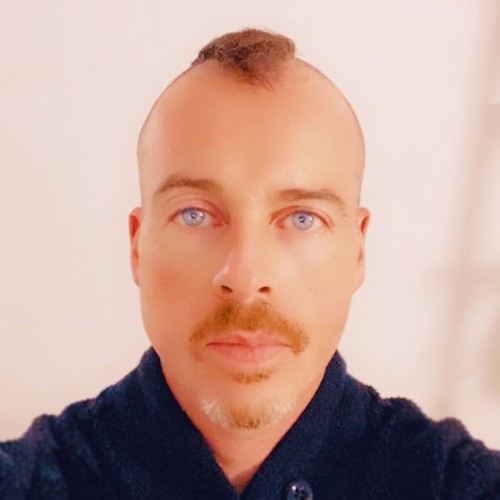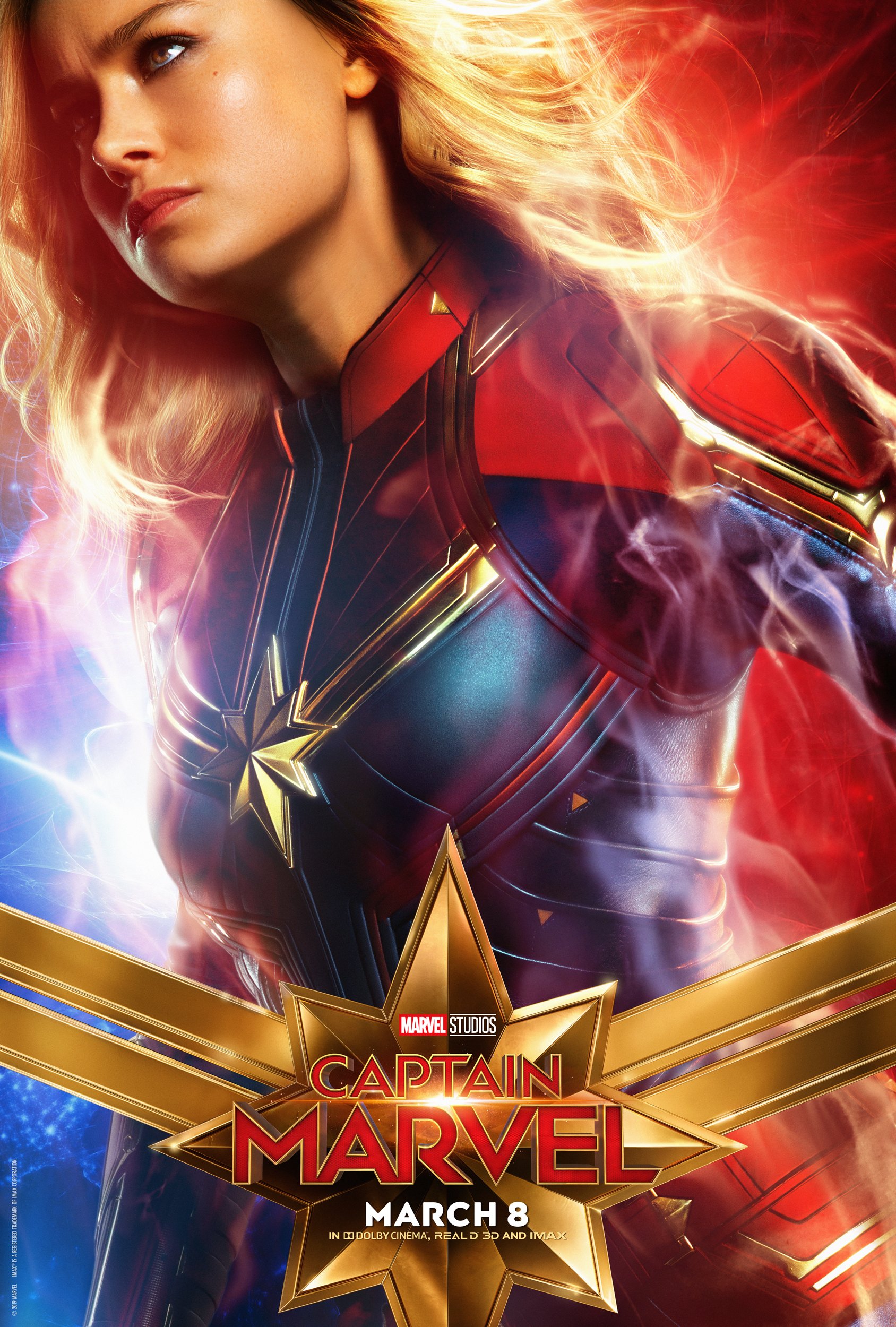
With Christopher Townsend as overall visual effects supervisor and Damien Carr as overall effects producer, 15 separate visual effects vendors brought Captain Marvel to life.
“The way it starts is with the script,” said Marvel Studios’ additional visual effects supervisor Janelle Croshaw Ralla. “You start to break it down and realize how many thousands of shots there might be. Then, you start to bid out certain sequences; it’s like casting actors in the film. When you’re casting visual effects vendors, you’re trying to find the right vendor. A super complex crazy scene would be good for ILM. And this one is really hard, but Luma [Pictures] has done something similar in a different Marvel movie. It’s really just casting and who comes back with the best price and team.”
For one, Craig Hammack, Industrial Light and Magic’s (ILM) visual effects supervisor, noted that, to make star Brie Larson fly, the team utilized a combination of established practical techniques and digital advancements.
“There were still wires,” Hammack quipped of elevating Larson above the stage floor—ILM’s shots were split between Vancouver and San Francisco. “You’ve still got to move her around and make it safe. It goes back to the old school ways that are the most controllable. Typically, from there, based on the complexity of the shot, [ILM] will take it over, and in a lot of cases with Brie, we had to layer on this glowy effect, [so] we would just retain the face. In a lot of cases, when [she is] not doing fantastical flying things, it’s us matching her body, then replacing it. Otherwise, you have to get that interactive light that’s not there and match it to everything. It’s easier if you can match the performance; it’s easier to replace.”
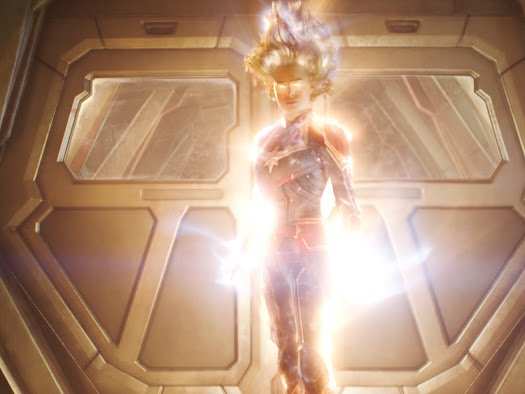
Additionally, Luma had done a sequence similar to Larson’s flying in Black Panther during a car chase sequence that uses much of the same technology. Kevin Souls, visual effects supervisor at Luma, estimated that Luma created 200 visual effects shots on Captain Marvel at facilities in both Los Angeles and Melbourne.
For Nick Crew, visual effects supervisor at Scanline VFX, he had an ongoing relationship with Chris Townsend from Iron Man 3 and Guardians of the Galaxy 2.
“He came to us for the Aces plane crash and what happens when it crash lands, and ensuing Aces energy core explosion,” said Crew of Scanline operations in Vancouver, Montreal, Seoul, London and Stuttgart. “I think he felt comfortable bringing that work to Scanline based on previous experience. Our team was around 60-70, off and on—it’s highly departmentalized, so you get people for a couple weeks, here or there, in different areas. The core team was about 30 or so: compositors, effects people, lighting people. There’s been a lot of thought and effort to make sure everyone who comes in and works for us has clear marching orders, and there’s a clear system.”
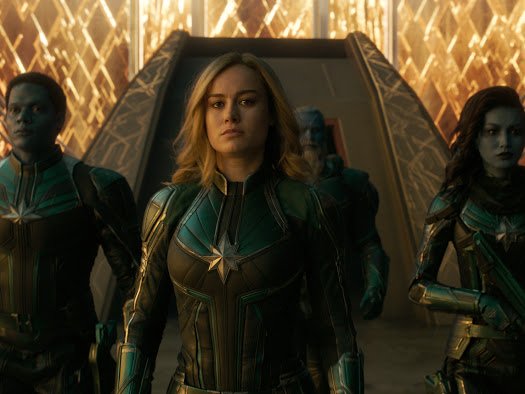
Also on the project was The Third Floor, the sole pre-and-post-visualization vendor on Captain Marvel. “I was on it from almost the beginning to not quite the end,” said Shannon Justison, previsualization supervisor at The Third Floor, who creates rough guideline ideas of effects shots needed to tell the full story. “Visualization is more of an exploratory tool—you won’t actually see anything I did. There’s no final shot we did; it’s all used to inform other departments of what their vision is, so we worked on pretty much every sequence in the film. Obviously, our main focus is in the pre-production stages. Once we get into post, that’s when we’re cleaning up, like adding in skies behind the Quinjet. It really does go almost to the very end. We have to make sure our scenes are set up logically, so they make sense. We help map out the accuracy of scenes.”
Significantly, Justison and her team work for Marvel in-house, collaborating with directors Anna Boden and Ryan Fleck, along with Townsend and Ralla, to give all 15 visual effects vendors templates of what they will be creating in an eventual final visual effects shot.
“Usually, if there are boards, previsualization will be afterwards,” said Justison of work she supervised from offices in Los Angeles, London, and Atlanta. “In some sequences we had gorgeous boards, and some we had nothing. Sometimes, they’ll come to us and we need to figure it out, which makes it stressful for everyone else, but we get to be creative.”
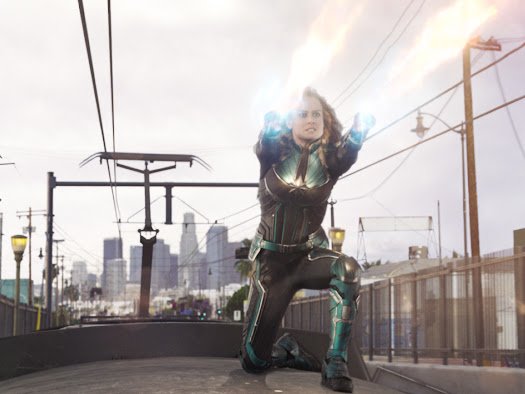
Back at ILM, Hammack conveyed that working with Marvel Studios has been a positive experience due to the company’s sense of consistency on projects within the Marvel Cinematic Universe.
“Marvel has a cadence to how the movies go,” Hammack explained, “so, at this point, we know what to expect through the course of a movie. They’re very good at establishing a plan, course-correcting if needed; reshoots happen at a certain time. Nothing is really a surprise, even the last-minute new scenes that come. They’re very good at including us in preview screenings, and we get the full rundown through the whole course of the show. It’s a controlled chaos, and, at the end of the day, that’s all you can really ask for. It’s such a rush, a compressed schedule, and they are so intent on telling the best story possible—we just have to react to it.”
For Justison, she has an ongoing rapport with Marvel, having sporadically worked with them since the first Thor film. “It was different in a lot of ways back then because no one had any idea how successful this would be,” she revealed of the MCU. “There was no Avengers: Endgame—billions of dollars floating around. It was more like, ‘Is this story going to work?’ But there’s a rhythm now: we’re in pre-production, then we’re looking at the script; you make course-corrections as you go; you get into shooting. I know two weeks after shooting, we’re starting post-vis. As soon as there’s plates to do, we’re on them, so editors can get going—there’s sequences that need to be looked at. Everything happens at the same time.”
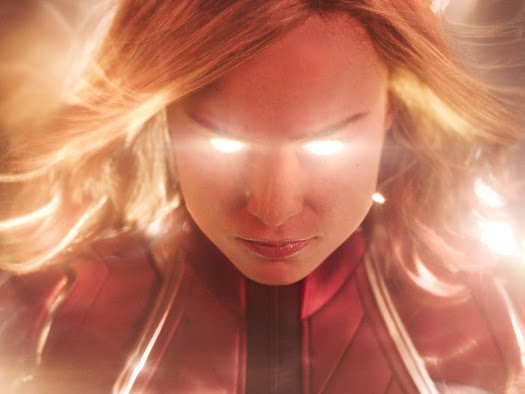
At Scanline, Crew detailed that, working with Townsend and Carr at Marvel, an existing production structure facilitated streamlined efforts on Captain Marvel. “You know what you’re doing every step of the way,” Crew expressed. “You get your pre-vis—you have a very clear blueprint of how you’re going to go about the work. At the same time, Chris was very accommodating, giving us a playground to work in creatively, and letting us put our own spin on our work. But the structure is there, and how you go about getting your work done feels very comfortable. You do have to bring your A-game because it’s very high end work, but as far as planning and getting things done at a high-end level, it’s what they expect and need to get on board for from day one.”
Lastly, Souls described, after six Marvel films, that the company is his favorite for whom to create visual effects. “They’ve figured out the pipeline—how to deliver plates to you,” he remarked. “They’ve figured out the need to keep the cadence of the show moving along. The decisions that get made always make the movie better, and you run into the same people—it’s like a big community; from show to show, you’ll work with the same people again, form relationships—there’s a certain comfort level. It feels like you’re with family.”





